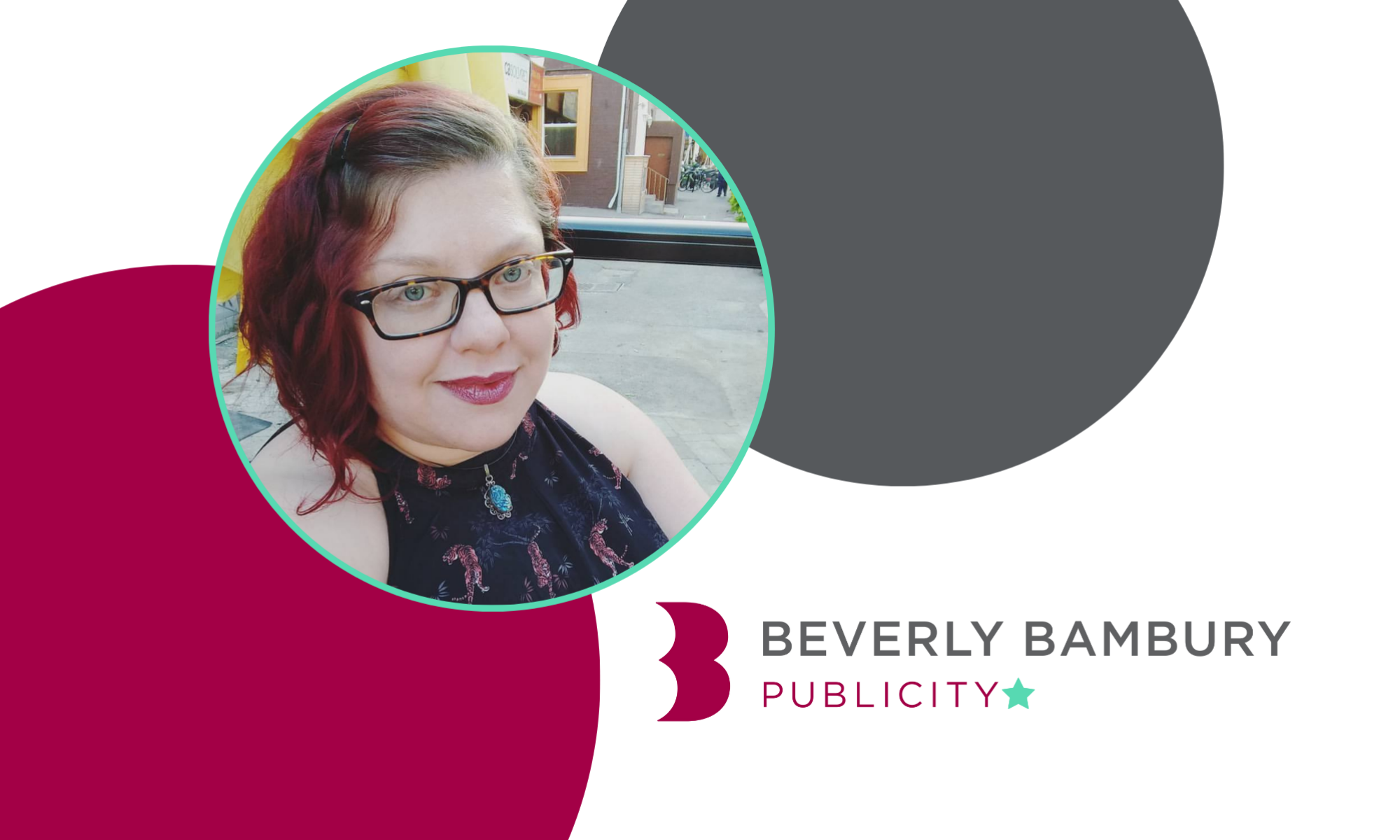The other day Chuck Wendig shared a blog post he wrote entitled “Slushy Glut Slog: Why the Self-Publishing Shit Volcano Is a Problem“. You should read it, assuming that some “shit” and “fuck” aren’t going to be offensive to your delicate sensibilities, and particularly if you’re thinking about taking the self-publishing path or starting a small publisher. It’s already up to almost 200 comments, including a long one from Mark Coker, founder of Smashwords. Stick with reading it even though it’s long and it may piss you off. It’s not an anti-self-pub screed; but, a way toward a solution that elevates independent writers–and to be perfectly blunt–a number of small publishers, too.
Anyway, I won’t rehash Chuck. He breaks it down so well that there’s no point in my repeating it. Just read.
So… why exactly did you share this as a “Book Marketing without B.S.” column?
I am so glad you asked. It’s because the flow of the shit volcano reaches my doorstep, too. Now that I accept queries from potential clients, I see work that ranges from amazing to decent to incomprehensible to despair-for-humanity-inducing. The worst ones never reply when I (invariably) suggest obtaining the work of an editor. Well, sometimes they send a nasty reply back, but mostly I take the silence to mean that they stick their fingers in their ears and say “la la la la”.
I haven’t banned self-published authors (and indeed, some of my fine, fine clients are small publishing house and self-pub), but the vetting process for small publishers and self-publishers takes up valuable time for which I do not get paid. I don’t typically have to work this hard at vetting work from medium and large publishers. So in a real and fully tangible way, self-published authors and small publishers (you know the ones I mean: they’re made up of one harried person who is putting out too many books per year and thus isn’t spending enough valuable time editing) cost me money. Someday I may decide I don’t want to pay anymore.
So here is my point that I feel fits nicely with Chuck’s blog post:
Slow down
I know you’re excited because you think you’re done with your book; but you’re almost certainly not finished. Walk away for several days or weeks so that you can return to it with fresh eyes. You probably need an editor which you can get for low cost if you can’t afford the most experienced people. Or perhaps it is time to look for a really good writers group. Or at the very least cultivate friends who aren’t afraid to tell you when something could be improved in your writing. And let’s not forget the cover art issue: bad cover art is debilitating. Invest in your cover to the best of your ability.
If you want to put out your best work, you can not be in a hurry to publish. It’s about getting it right and putting out a quality product, not about how fast you get your book to market. If you are in a hurry because you’re counting on sales of your books for financial support, you are likely making a mistake. Well, unless you’re already a known author; but, I imagine if you are that you already know this anyway. If that’s not the reason, then why rush this thing? You will, rightly and justifiably, be judged by this product, so make it the best it can be. Slow. The. Eff. Down.
Don’t forget that part of the reason more traditional publishing is slow is because the books go through multiple edits and re-writes, and even when all that happens there is often still more that could be done, So why would you think that your first or second draft that no one else has ever looked at was ready? Even a second draft after a few people who just say “it’s good!” isn’t going to be much help either. Every writer needs an editor–a real editor, not just a yes man–who can help them find structural problems and inconsistencies and typos and strange word choices. You’re not any different, which is fine. It means you’re in good company.
Even Smashwords’ Mr. Coker says in Wendig’s comments, “It takes a village to publish great books.” So don’t do it alone, not because I have sympathy for your overworked plight (nearly all writers are overworked, my special little muffin), but because the best quality books are simply not put together alone. Find your team, the one that works at the level you can afford, however that looks. Be prepared to let things sit for a while. Be prepared to accept constructive criticism and suggestions for edits. Be prepared to re-write.
So make yourself the promise of editing, re-writes, and patience. Make yourself the promise of craft. Even if the way poorly published independent books bring the whole thing down doesn’t matter to you (and it really ought to), it should matter to you whether or not you put out the best work that you can. You’ll do better in the long run in the most self-interested of ways, and I’d like to think the entire big, messy community will get better, too.
Book Marketing without B.S. is a weekly publicity and marketing advice column for writers and other creators who prefer a realistic, clear, and no-nonsense approach. My goal is to help you cut through the bullshit with direct, understandable advice you won’t be embarrassed to follow. Sign up to get my posts sent directly to your email by clicking here, and please send your questions to beverly@beverlybambury.com. Thank you for your continued support!


